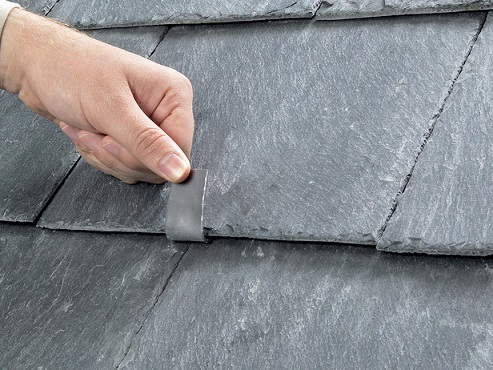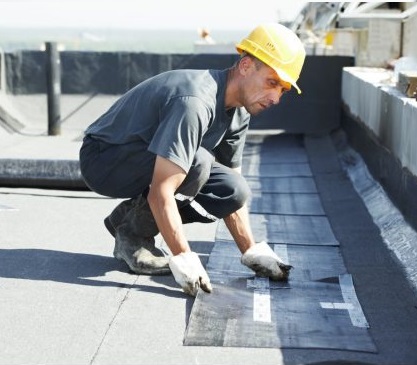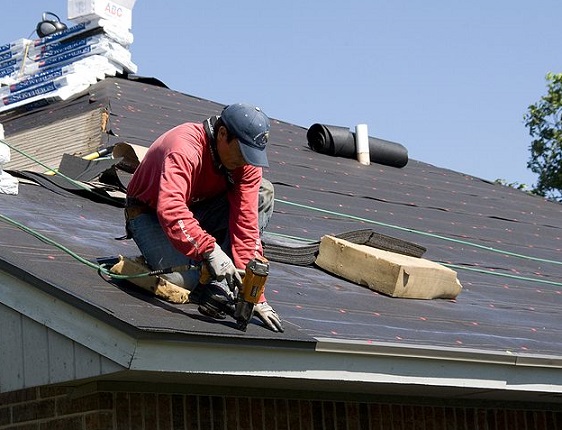A Closer Look into Flat Roof Repair
Flat roofs are a common feature in many parts of the world and are usually made of layers of tar as well as roofing felt. They occasionally go through flat roof repair when not well maintained, resulting in the movement of gravel that covers the tar material used in its construction. When the gravel is moved, it leaves the roof exposed to various weather elements that result in blisters, as well cracking which eventually allows water to seep in between the layers. Due to the structure of flat roofs, the leaking of water within its layers makes it hard to notice any damage until it is serious and the building can only be saved by a roof replacement.
The best way to ensure that flat roof repair is done in time is to regularly inspect the roof and check for any changes in its appearance or structure. There are times when the leak can be seen from the top of roof or even from inside the building on the ceiling, so it is important to check thoroughly to avoid missing any single indication that all is not well. As soon as a leak in the roof is identified, project repair flat roof should commence to ensure that the damage does not extend further. The repair work can be done by a professional roofing company or as a DIY project depending on an individual’s preference.
Steps involved in flat roof repair
In case the extent of damage on the flat roof is not extensive, then a diy flat roof repair is possible instead of hiring a professional roofer that might be very costly. Blisters are a common cause of leakage on flat roofs and they can be repaired quickly as long as one has the appropriate flat roof repair materials and some basic expertise on roofing repair. Some of the important steps in repairing blisters on the roof are:
- Identify the areas on the roof that have large blisters and place a marker on them so that they can be located easily. These blisters are usually found on the top layer, at the point of separation and can be identified by anyone working on the flat roof. However, it is important to work on one blister at a time to ensure that none of them is left to cause more damage to the roof.
- Select one of the blisters and cut it open using a utility knife while being careful not to damage the roofing felt underneath it. Carefully lift the edges of the blister that has been sliced open and press them towards the center so as to squeeze our any water that may have accumulated in it. When squeezing water from the roofing layers, make sure there are enough rags nearby to soak the water and then leave the edges propped up so that the wet layers can dry.
- Third, when the roofing layers are dry, a coating of cement specifically for roofs should be spread on the edges of the loose felt while firmly pressing down the sides of the blisters. To permanently close the blister, use the appropriate roofing nails on either side of the slit so that it does not open up. To further reinforce the area on which the repair has been done, cover it with roof cement while ensuring that the all the nail heads are covered.
Roof repair the right way
In general, flat roof repair can take different forms depending on the type of damage that has been identified on the roof. These repairs are very effective when done in the right way and within the shortest time possible.



